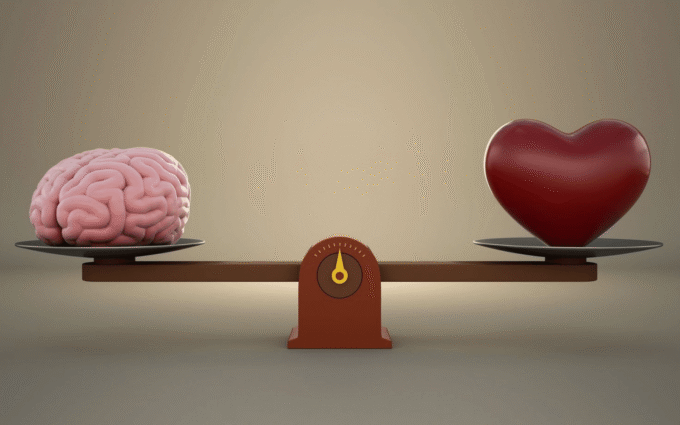The Sneaker: When Yesterday’s Luxury Becomes Today’s Necessity
What exactly is Lifestyle Creep (sometimes called lifestyle inflation)? It’s the tendency to increase your spending level proportionally with—or sometimes even faster than—your increase in income. You get a raise, and instead of saving the extra money, you let your expenses quietly creep up to absorb it.
It starts innocently, almost as a well-deserved reward. You get that promotion, and you think, I’ve earned this. Maybe you start buying the slightly more expensive coffee every morning, or you upgrade your streaming subscriptions, or you finally move into an apartment with an in-unit washer and dryer. None of these things are huge on their own, right? But the danger is in the normalization of the higher cost.
Yesterday’s luxury quickly becomes today’s baseline necessity. Once you have that bigger apartment or that nicer car, going back feels like a severe downgrade, a personal failure almost. That’s the creep in action: it constantly raises your financial floor, which is the minimum amount of money you need to feel comfortable, even if your income ceiling isn’t rising as fast.

Also read: The Debt Snowball vs. The Avalanche: Why Logic Loses to Feelings
The Trigger: Social Comparison and the Hedonic Treadmill
The force that truly accelerates this creep is the irresistible urge to compare ourselves to others—the modern version of “Keeping Up With the Joneses.”
The problem is, we don’t measure our success in a vacuum. We measure it against our neighbors, our colleagues, and most powerfully, the carefully curated highlight reels we see on social media. When your friend posts photos of their exotic vacation, or your colleague upgrades their car, a subtle, uncomfortable feeling of inadequacy surfaces. It’s human nature; we are tribal creatures, and we want to belong and be perceived as successful.
This need for social comparison forces us into competitive consumption. We start buying things not because they genuinely improve our lives, but because they maintain a social status or project a certain image. We might take on more debt or buy a house slightly bigger than we need—not for comfort, but for the optics, for the image we project to the neighborhood.
This external pressure works against our internal happiness, too, thanks to something called the hedonic treadmill. You buy the new, expensive thing, and you get a quick burst of satisfaction (a dopamine hit, maybe). But your brain quickly adapts to that new level of luxury. The thrill wears off, and you return to your baseline level of happiness. To get the next rush, you have to buy something even bigger or even better next time. The treadmill keeps spinning faster, forcing you to run harder (earn more, spend more) just to stay in the same place financially—and often, you feel less wealthy than before, despite the higher income.
Also read: Beyond the Toy Aisle: How Early Ads Lead to Adult Financial Habits
The Financial Fallout: Trading Wealth for Image
This cycle has disastrous long-term consequences, and this is the real target here: it stops you from building actual wealth.
When every raise is consumed by the creep, the critical window for wealth building—the years when you can aggressively save and invest—is slammed shut.
- Debt is Normalized: The gap between the lifestyle you want to project and the income you actually have is often bridged with debt. Credit cards become tools for funding a desired image (designer clothes, frequent dining out) rather than just being a convenience. You are literally borrowing from your future self to impress people today.
- The Illusion of Security: You might be earning $200,000, but if your lifestyle requires you to spend $195,000, you are, for all practical purposes, living paycheck-to-paycheck. You have zero financial margin. One unexpected expense—a major car repair or a sudden medical bill—can send your entire financial structure into a crisis, because there is no safety net left.
- Lost Opportunity: Every dollar absorbed by lifestyle creep is a dollar not being invested in a retirement account or a long-term savings fund. This is the opportunity cost—the compounded wealth you will never earn because you chose an expensive coffee over a high-growth ETF twenty years ago.
Beating the Joneses By Ignoring Them
The solution, though simple in concept, is hard in practice because it requires fighting a strong psychological urge.
The most powerful tactic is to automate the difference immediately. When you get a raise, don’t let the extra money hit your checking account. Set up an automatic transfer so that 50% (or 75%, or even 100%) of the raise goes directly into a long-term savings or investment account before your brain registers the money exists. You save the raise first, and then you can see what’s left to budget for small, intentional lifestyle upgrades.
Also read: The Hidden Curriculum: What Ads Are Really Teaching Our Kids About Money
Another useful trick is to create friction for big purchases. If you want a new, expensive item, enforce a mandatory 30-day waiting period. Often, the urgency is manufactured by emotion or social comparison, and that desire will fade once the initial impulse has passed.
Ultimately, the true freedom isn’t earning enough to buy what the Joneses have; it’s being financially independent enough to completely ignore what the Joneses are doing. Real wealth is having the choices and the security that they, despite their flashy cars and vacations, might secretly not have.















Leave a comment